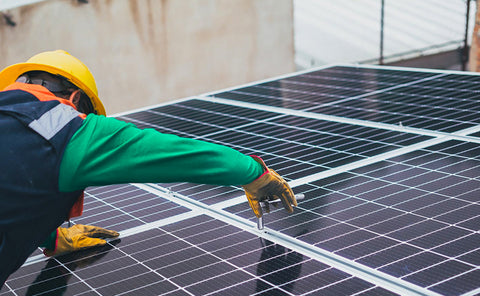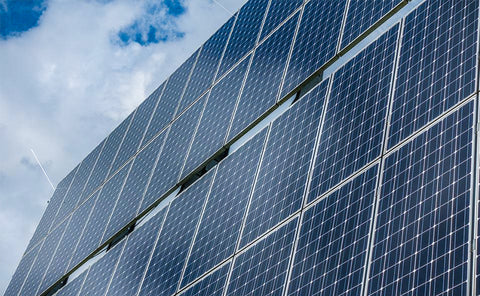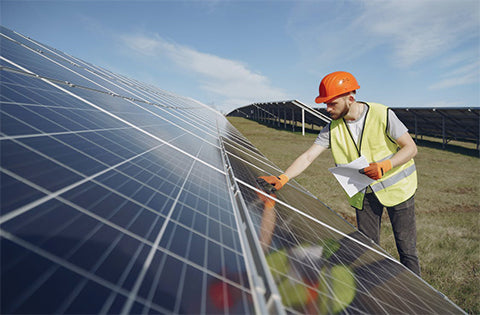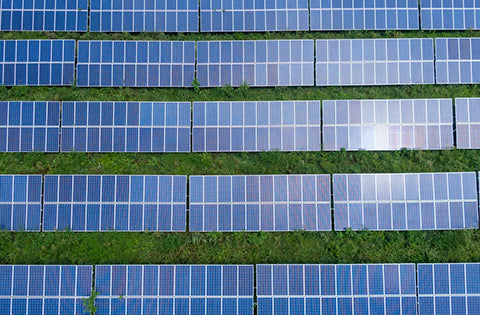By 2030, solar energy is expected to reach 10% of the global power generation, most of which comes from sunny desert areas. However, the accumulation of dust on solar panels or mirrors has become a major problem - it can reduce the output of photovoltaic panels by up to 30% in just one month - so regular cleaning is essential for such installations.
However, it is estimated that cleaning solar panels currently requires about 10billion gallons (38million tons) of water per year - enough to supply drinking water for up to 2million people. Anhydrous cleaning is labor-intensive and often leads to irreversible scratches on the surface, which also reduces efficiency. Now there is a method that can automatically clean the solar panels in a waterless, non-contact system, which can significantly reduce the dust problem. The new system uses electrostatic repulsion to separate dust particles and almost fly out of the panel surface without water or brushes. To activate the system, a simple electrode passes directly above the surface of the solar panel, transferring the charge to the dust particles, which are then applied to the panel itself. The system can run automatically using a simple motor and a guide rail on the side of the panel.

Although the world has made concerted efforts to develop more efficient solar panels, common problems such as dust can actually seriously affect the entire solar panel. The energy of the panel drops sharply at the beginning of the dust accumulation process, and can be reduced by 30% in only one month without cleaning. For a 150 MW solar installation, even if the power is reduced by 1%, it may result in a loss of $200000 (1.27 million yuan) in annual revenue. Researchers said that globally, a 3-4% reduction in the power generation capacity of solar power plants would result in a loss of US $3.3 billion (RMB 20.9 billion) to US $5.5 billion (RMB 34.9 billion).

Many of the world's largest solar installations, including those in China, India, the United Arab Emirates and the United States, are located in desert areas. The water used to clean these solar panels with a pressurized water jet must be transported from a distance and must be very pure to avoid leaving deposits on the surface. Sometimes a dry wipe is used, but the effect is poor when it is used to clean the surface, and it will lead to permanent scratching, thus reducing the light transmittance. Therefore, exploring new cleaning methods of solar panels is not only an effective maintenance of solar panel energy, but also conducive to the conservation and protection of water resources. Therefore, SOLARPARTS is willing to continue to work in the field of solar energy and continue to promote the development of global clean energy. Welcome to learn about SOLARPARTS and our products through the following ways:
Phone: +86-13923729619 Fax: +86-755-28720791
WhatsApp: +86-13923729619 Wechat: 13510027129
Email address: Philip@isolarparts.com
Homepage: www.isolarparts.com



